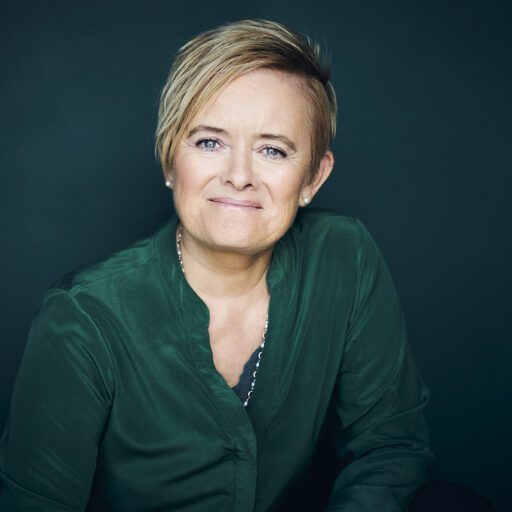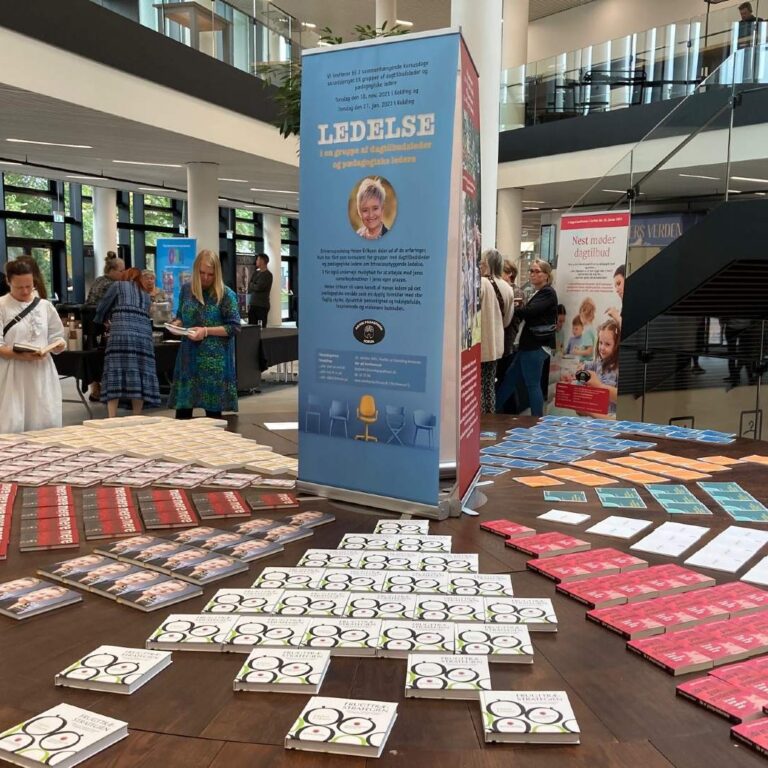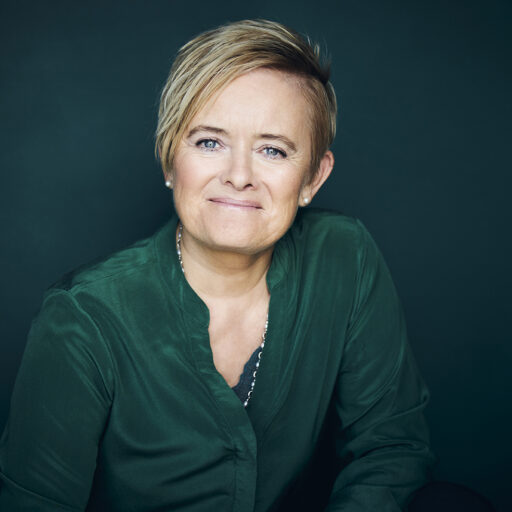If you are a middle manager, you probably know this question from your everyday life. Perhaps you have heard your employees ask it, and maybe to such an extent that you sometimes find yourself thinking: "Why should so many decisions actually go through me?"And perhaps you have also asked the question upwards in your organization to ensure that you are on track with the leadership's KPIs and expectations.
Because that's often the reality of being a middle manager today – and if you are a middle manager, you have my deepest respect.
As the everyday heroes, right in the midst of it all, caught in the crossfire from below, above, from the side, and from the outside, in the classic organizational structure, we have made it the middle manager's task to pull the threads together, navigate paradoxes, create well-being, motivation, progress, coherence, meaning, to be the eyes and ears of top management, the advocate for employees, and much, much more.
Yes, just the thought of it can be exhausting!
Fundamentally, there is a tendency for us to place completely inhumane demands on our passionate, diligent, and dutiful middle managers – we simply squeeze the lemons unreasonably. But it doesn't have to be that way.
We all have a "lemon-squeezing limit" – even middle managers.
If you just look into recent studies, they also indicate the downside of the pressure we subject our passionate middle managers to – actually, our leaders, middle managers, and employees in general.
Take a look here:
- 26 percent of private leaders with sole leadership responsibility for others (personnel managers) feel stressed "often" or "always" (LEDERNE, 2022).
- 40 percent of public leaders have had more employees to lead in the last five years, and one-fifth believe they have too many employees to exercise good leadership (Fagbevægelsens Hovedorganisation, 2022).
- 40 percent of public leaders across sectors lack resources that enable their unit to prioritize the citizen in task execution (Komponent, 2022).
- 6 out of 10 leaders feel that they are being exploited. They feel used and that unreasonable demands are made (Krifa, 2022).
- 39 percent of employees with stress perceive their leader as "always stressed." Stress in leaders affects employees.
Free both middle managers and employees
In my opinion, there is every reason to look at alternatives to the classical and hierarchical organizational forms, which tend to lock our organizations and maintain dissatisfaction among our middle managers and employees. They are more encouraged to look upward and ask "are we allowed to...?" rather than taking action and using their expertise in the present, with the core task at the center. This is precisely what is needed in a changing world, where challenges are so complex and the pressure for change is so great that it calls for proactive, collaborative, and innovative employees who can lead themselves.
For over twenty years, I have advocated moving towards more self-organization and more facilitating leadership, where the primary leadership purpose is to make it easy for employees to unfold their professional expertise. This includes structural freedom to organize work in a way that creates coherence, meaning, and well-being for themselves, citizens, and customers.
This implies, above all, an organizational future where goal setting, documentation, control, bureaucracy, surveillance, and "bottlenecks" created by hierarchical organizational boundaries are permanently benched – in other words, everything that contributes to unreasonable pressure on our middle managers, dissatisfaction among employees, and inertia in our organizations.
Let's learn from those who break free in a good way!
Fortunately, there are more and more organizations that are breaking free in a good way these days, and we can be inspired by them. Organizations that have taken the first practical steps from an organization to an organism, from traditional leadership to a more facilitating and serving leadership, and towards a more leadership-free, self-organizing, and self-determining organization.
Ét af flere gode eksempler er Regionshospitalet i Horsens, hvor cheflæge for kvindesygdomme og fødsler, Marie Storkholm, sammen med sin afdeling har arbejdet målrettet for at fremme arbejdsglæden de seneste 5 år – bl.a. ved at nedbryde hierarkier, dyrke fællesskabet, fjerne bureaukrati og unødvendige funktioner samt at gøre op med ”permission”-kulturen.
Marie sees her leadership strategy as a liberation process, about letting employees go and getting them used to "not asking permission for everything." Here, everyone, regardless of rank and seniority, has influence over daily life and the future, and they constantly practice giving each other feedback and speaking up when something is challenging. The results are so good that it's almost unbelievable – in a pressured healthcare sector. Together with her dedicated team, Marie has created a department with no staff shortage, rarely needing substitutes, having no trouble recruiting, and where the diagnosis and treatment guarantee is almost always met, reducing sick leave by 40 percent in a year!
JAC and the 90 percent leadership-free method
Et andet rigtig godt eksempel er kompetencecenteret JAC i Gentofte, som nu for fjerde år i træk har vundet prisen som årets offentlige arbejdsplads. Her er opskriften dét, man hos JAC og Centerleder Ann-Christiana Matzen Andreasen kalder den 90 procent ledelsesfrie metode. Metodens afsæt er, at man ”tænker bedst sammen”, og at de fagprofessionelle, som er tættest på borgerne, sidder med guldet.
Therefore, JAC's employees are responsible for hiring new colleagues, managing finances, developing new services for citizens, allocating salary resources, and more. The leadership group's task is to facilitate the framework that the employees can fill based on their expertise and undisputed decision-making authority.
Det handler hos JAC om at få medarbejdere, som er medskabende og selvledende med alle dets fordele for borgerne og medarbejderne selv. En af de rigtige mange direkte gevinster er hos JAC et sygefravær, som er 30 procent lavere end lignende virksomheder inden for socialområdet, ligesom man her har et meget lavt stressrelateret sygefravær.
An organizational liberation process
Horsens Regionshospital and JAC are two examples of best practices, places we can look to and be inspired by.
his does not mean that their methods and models necessarily can and should be implemented everywhere. But it means that there is valuable inspiration to be found in both of them when it comes to building sustainable organizations with proactive and innovative employees who thrive, where the core service is prioritized – and where far fewer leaders and middle managers end up as stressed "bottlenecks" on important decisions.
Hvis du har lyst til at vide endnu mere om, hvordan vi som ledere og medarbejdere sammen kan bane vejen for mere sammenhængende, synkrone og ledelsesfrie organisationer med faciliterende ledelse? Så tag et kig på mit 1-dags kursus i netop facilitating leadership?, eller på mine foredrag: ”Stærefloksledelse – når samskabelse for vinger”, ”Hey, fremtidens arbejdsplads er lige her, og det er os, der er kulturen” and/or sign up for my newsletter, where I continually update you on my latest blog posts filled with practical advice for more coherence, well-being, and meaning.











